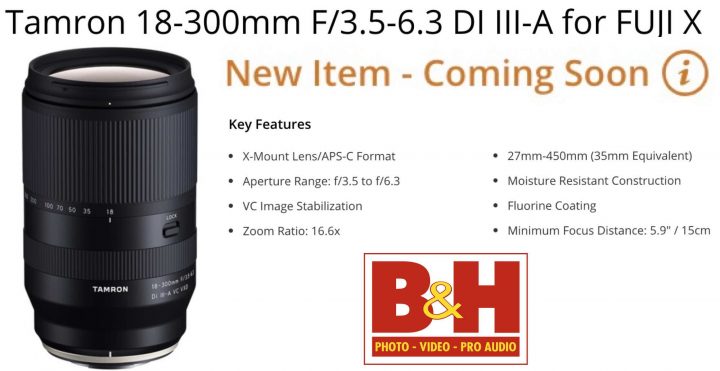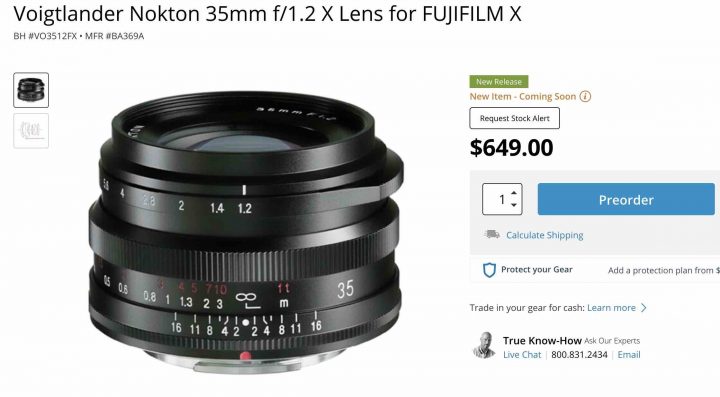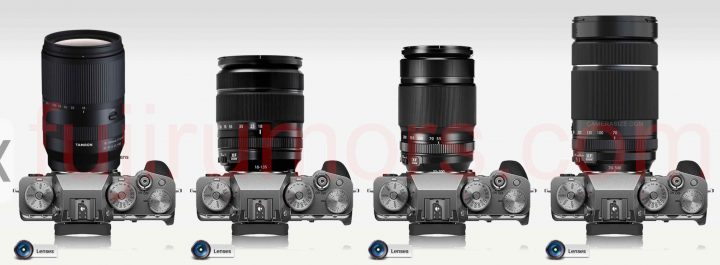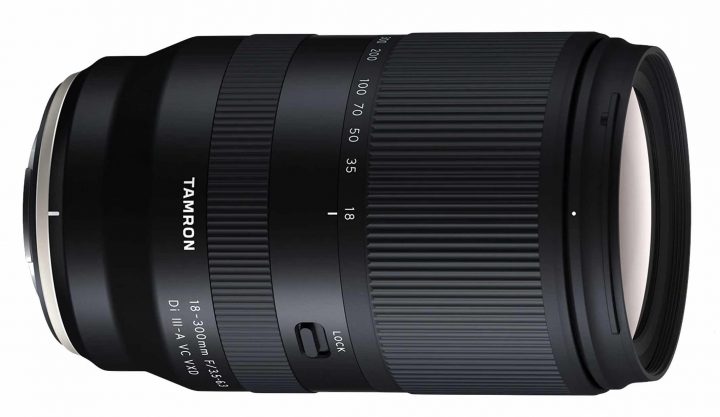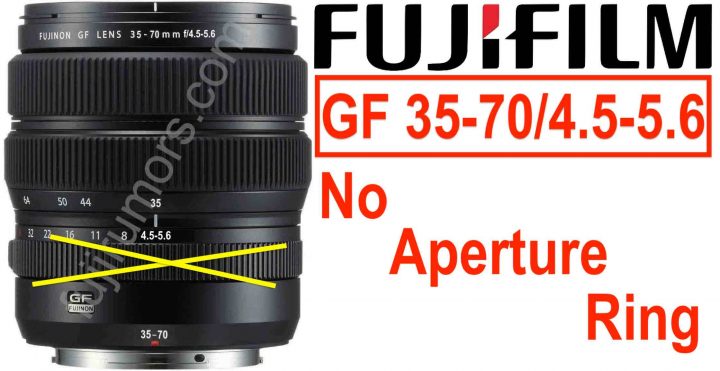Tamron 18-300mm f/3.5-6.3 for Fujifilm X Listed at BHphoto
The upcoming Tamron 18-300mm f/3.5-6.3 Di III-A VC VX D is now already listed at BHphoto here.
Kes Features:
- X-Mount Lens/APS-C Format
- 27mm-450mm (35mm Equivalent)
- Aperture Range: f/3.5 to f/6.3
- Moisture Resistant Construction
- VC Image Stabilization
- Fluorine Coating
- Zoom Ratio: 16.6x
- Minimum Focus Distance: 5.9″ / 15cm
Tamron 18-300mm f/3.5-6.3 (coming soon): BHphoto / AmazonUS / Adorama


